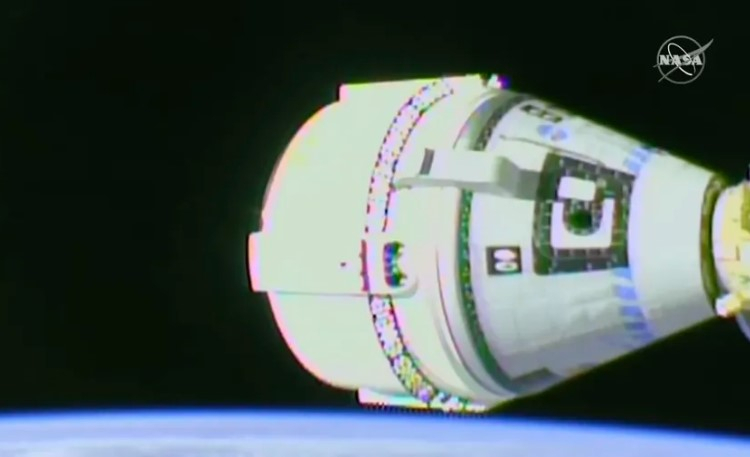Boeing and United Launch Alliance have said they will continue to launch astronaut crews on CST-100 Starliners using Atlas V launch vehicles only. Launches will continue even when Atlas V rockets are effectively retired from all other missions. In this, the Americans will be assisted by Russian RD-180 rocket engines, of which a sufficient supply was previously created.

Image Source: NASA/Joel Kowsky
Last Saturday, the Boeing CST-100 Starliner in an unmanned flight docked with the ISS for the first time . The ship was launched into orbit by an Atlas V rocket from the United Launch Alliance. The ship took off and successfully docked at the station on its second attempt after a failed launch in December 2019. The long development and testing phase of the Starliner had a negative impact on the plans of ULA, which could not plan its own work and had to adapt to Boeing.
The successful docking of the CST-100 Starliner and the successful landing of the ship on Earth, expected the day after tomorrow, give us hope that from the beginning of next year these ships will begin to regularly carry astronauts to the ISS. Boeing has already awarded ULA a contract for seven Starliner launches on Atlas V rockets: one test with a crew and six full-time. The Russian RD-180 engines for the first stages of ULA’s Atlas V launch vehicle will be enough for about 20 missions with a reserve. Since Boeing will fly to the ISS once a year, alternating flights with the SpaceX Crew Dragon, Atlas V rockets will fly until about 2030, if the station still exists by then, so the stock of rockets (and engines) will be enough for all planned missions.

Boeing and ULA have confirmed that they have no plans to transfer Starliner to the promising Vulcan Centaur rocket. Firstly, the Vulcan Centaur rocket has not yet been tested, as well as testing of the BE-4 engines of the first stage of Blue Origin development has not yet ended. But even after successful testing of the Vulcan Centaur, which is expected later this year, it will “take years” to certify the rocket for manned flight. Thus, Atlas V remains the only fairly reliable tool for delivering astronauts to low Earth orbit at Boeing’s disposal.
If you notice an error, select it with the mouse and press CTRL + ENTER.




